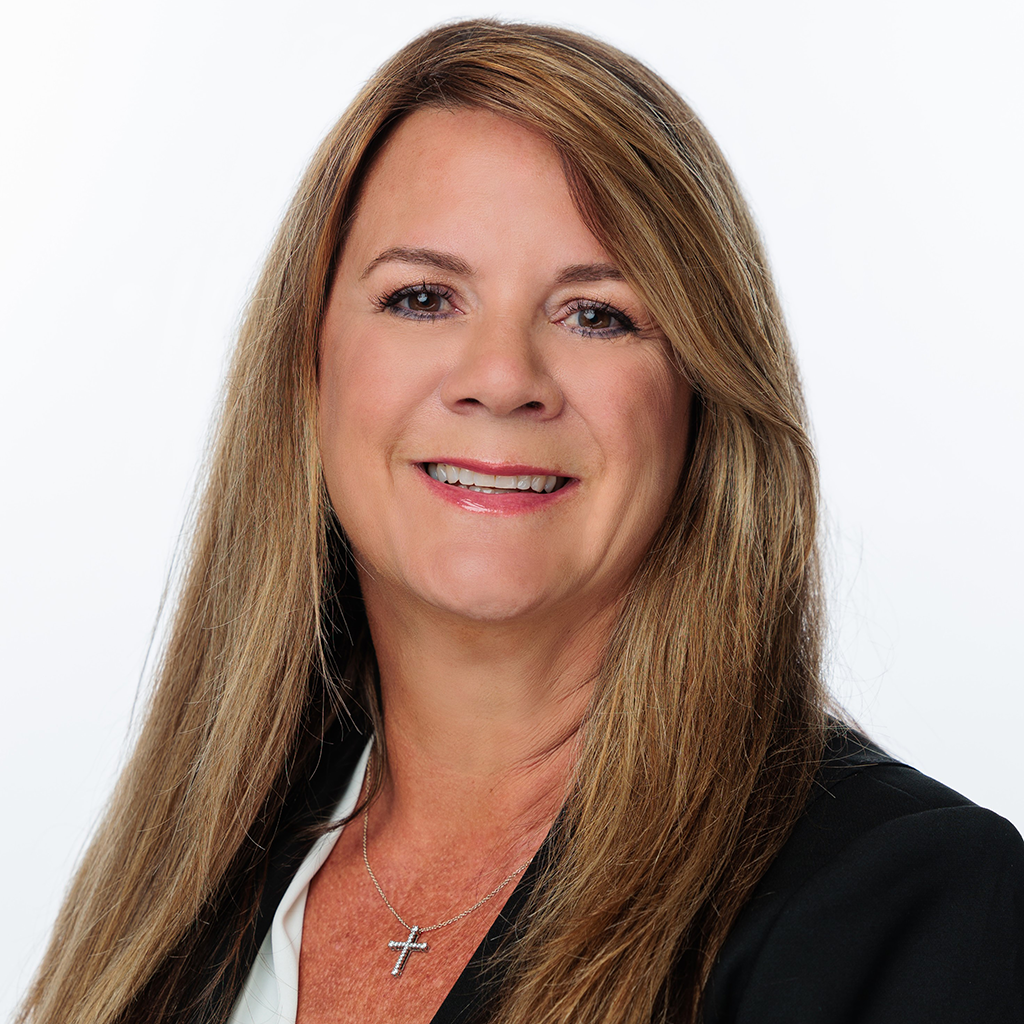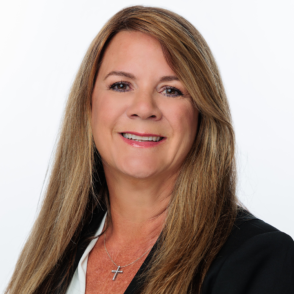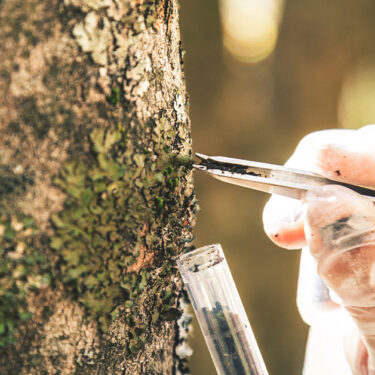A recent train derailment spilled an estimated 230,000 gallons of crude oil into floodwaters of the Little Rock River in northwest Iowa. Reports indicate that the tracks may have collapsed due to saturation from flooding caused by heavy rains.
Railroad network operator BNSF Railway has taken responsibility for the cleanup and mitigation of the incident, while ConocoPhillips, the company that owned the oil, has been working with the railroad, local authorities and regulators.
The incident is the latest example of the need many organizations have for Environmental Insurance. Transportation Pollution Liability and Site Pollution Liability policies can help mitigate the financial risk that a transporter and producer of goods may experience from environmental exposures.
Approximately 90 percent of all environmental losses are uninsured, amounting to about $1 billion each year. “Many organizations may not understand the value of policies that protect against massive out-of-pocket expenses—until an incident occurs,” said Gina Jones, Vice President and Director, Environmental Programs, Burns & Wilcox.
Unlike General Liability (GL) policies, there are no industry standards for environmental policies. “It can be a tough sell for many because they do not believe an environmental exposure can happen to them,” Jones said. However, any substance or material that is in excess outside of its normal element can be a pollutant. That can apply to a wide range of incidents where chemicals, oil or other hazardous materials are spilled and adversely impact the environment.

A manufacturer in this case has to assume that they will be named as a party in any incident where their hazardous material is part of an environmental concern.
Take, for example, a company that transports cooking grease from restaurants to environmentally safe disposal locations. If that company is involved in a transportation accident that causes a spill, it can be considered an environmental hazard and defined as a pollutant since the grease waste is out of its natural environment and is in excess.
Putting the Iowa oil spill into context
U.S. waters see thousands of oil spills each year but most are less than one barrel, according to the National Oceanic and Atmospheric Administration (NOAA). That is not to say large spills cannot happen. Since 1969, at least 44 spills have been of more than 10,000 barrels (420,000 gallons).
Oil companies such as Exxon Mobil, Halliburton and BP have paid tens of billions of dollars in settlements and fees over the years for massive oil spills. BP’s costs were $62 billion for the Deepwater Horizon disaster that dumped more than 200 million gallons of oil in the Gulf of Mexico in 2010.
With oil and gas supplying 65 percent of the energy for the U.S., it is critical that energy companies obtain the proper insurance coverage to protect against the risks associated with oil and gas exploration and the operation of heavy equipment. A GL policy for oil and gas companies will often come with only limited pollution coverage.
The Iowa accident, in which 32 cars came off the rails, 14 of which leaked at least some of their contents, happened during the transportation of oil. A Transportation Pollution Liability policy would cover cleanup, fines, property damage and bodily injury costs that one or more parties are legally obligated to pay during the transportation of a pollutant, Jones said. It can also cover legal defense costs.
“A manufacturer in this case has to assume that they will be named as a party in any incident where their hazardous material is part of an environmental concern,” Jones said.
Costs for many environmental policies have decreased, in part because around 60 insurance carriers now offer such policies, Jones said. Just a decade ago, a $1 million loss and $2 million occurrence Transportation Pollution policy would cost between $10,000 and $25,000 annually. Today, that figure could be as little as $1,250. Policy costs are determined by factors such as operations, the gross revenue of a company and number of vehicles.
A Transportation Pollution policy generally comes with emergency response costs that cover the cleanup of environmental pollutants before an investigation is completed.
“That means that you don’t have to wait for the insurance carrier approval,” Jones said of the response costs. “Analyzing coverage and the situation does take some time. Cleanup is often going to be critical.”
BNSF Railway representatives said a day after the June 22 spill that about 100,000 gallons were contained with booms in a low-lying area filled with floodwaters near the derailment. The company also explained that it set up another “containment boom five miles downstream.” Experts believe the oil spill will be contained before reaching water supplies for drinking water, but in the meantime cleanup and investigation costs are adding up.

A Transportation Pollution Liability policy would cover cleanup, fines, property damage and bodily injury costs that one or more parties are legally obligated to pay.
A Site Pollution Liability policy includes pre-existing and new pollution conditions coverage available for cleanup costs, bodily injury and property damage as well as legal defense costs and coverage for on-site and off-site pollution conditions, for first-party cleanup or third-party claimants.
Producers or manufacturers of environmental substances and products should purchase a Site Pollution Liability policy because it can help cover costs even if that organization was named in a lawsuit, but was not considered to be at fault for an accident.
Coverage amounts can vary
There is usually a minimum of $250,000 in coverage for emergency response costs as part of a Transportation Pollution Liability policy, but the minimum coverage could be more, Jones added.
Policy limits for Transportation Pollution and Site Pollution coverage can vary significantly. There is nothing that generally states what costs are covered first by a policy, and Jones said it often may be based on which bills come in first.
Environmental policies can also include crisis management—providing consulting services, such as public relations and crisis communications that can help the public perception of a company’s brand following an environmental incident.
The minimum amount of coverage will vary based on the organization’s risk profile, product, industry, location and other factors. It largely comes down to what the insured party believes it can absorb and still remain a healthy business, Jones said.
“If you’re hauling crude oil, you have to determine the risk you have and what’s the worst that could happen.” Working with an insurance broker or agent who has experience in caustic and hazardous Environmental Insurance is recommended because it is such a specialty area of coverage.
As with any coverage need, an insurance broker or agent must be consulted. Click here to forward this article to your insurance broker or agent to ask if you need this coverage, or share this with clients to start the conversation and ensure proper protection.
This information was provided by Burns & Wilcox, North America’s leading wholesale insurance broker and underwriting manager. Burns & Wilcox works exclusively with retail insurance brokers and agents to assist clients like you with their specialty insurance needs. Ask your insurance broker or agent if an Environmental policy is right for you.




